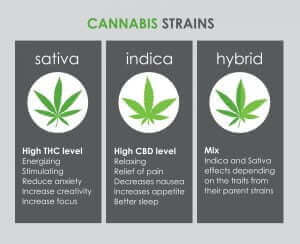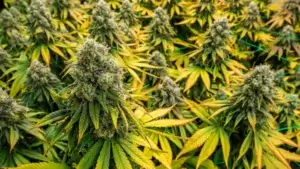Did you know that analysts project Canada’s cannabis industry will hit $5.97 billion in revenue by 2025? Canada became the first G-7 country to legalize recreational cannabis in 2018. Since then, it has emerged as a global leader in cannabis policy.
But what does this mean for Canadians today? Is cannabis legal in Canada?
Is Cannabis Legal in Canada? Legal Status in 2025
Yes, Canada legalized recreational cannabis in 2018 with the Cannabis Act. Now, adults can own, grow, and buy cannabis from licensed retailers.
Medical cannabis has been legal since 2001. This law lets patients with prescriptions use it for therapy. But, rules vary by province.
For example, the legal age to buy or use cannabis is 18 or 19 in most provinces, except Quebec, where it is 21.
In 2025, the industry continues to evolve. Recent updates include clearer labeling rules. They also offer more product choices, like cannabis beverages. They also aim to fight the illegal market, which still makes up 33% of sales.
1. Recreational Use
Adults 18 and older (or depending on the province) can carry up to 30 grams of dried cannabis in public. Households can also grow up to four plants, though Manitoba and Quebec ban this.
You must make purchases from licensed stores or online platforms. In 2025, new rules let you see products through transparent packaging windows. Also, QR codes are now linked to lab test results for safety.
2. Medicinal Use
Medical cannabis requires a doctor’s prescription. Patients can buy it from licensed producers or pharmacies. In 2025, some pharmacies can directly give medical cannabis to patients. Patients with special approval can apply for higher possession limits. They can also get permission to grow more plants at home.
3. Industrial Use
Industrial hemp has less than 0.3% THC. It is legal for making products such as textiles, food, and biofuels. Farmers need licenses from Health Canada to grow hemp. Strict rules keep crops under the THC limit.
Cannabis Usage and Its Impact in Canada
1. Recreational Drug Use
About 27% of Canadian adults use cannabis, up from 22% in 2017. Edibles and vapes are popular. Edibles have a limit of 10 mg of THC per package. This rule helps to stop overconsumption.
2. Mental Health Concerns
Hospital visits for cannabis-related problems, like psychosis, have increased since legalization. This trend is especially noticeable among adults aged 25 and older. Most products in the market have high THC levels. Increased risks of anxiety and addiction are linked to these.
3. Industrial Cannabis Use
Hemp plays a growing role in Canada’s economy. Sustainable products are becoming popular. Biodegradable plastics and hempcrete, a type of building material, reduce our reliance on traditional materials.
Cannabis Cultivation in Canada
You can grow up to four plants at home, but this rule doesn’t apply in Manitoba and Quebec. Commercial growers face tough times.
Over 970 licensed producers nationwide face issues with oversupply and low profits. Small-scale micro-cultivators also deal with high taxes and competition from larger companies.
Cannabis Law in Canada and Control
1. How Canada Enforces Cannabis Laws
Canada enforces strict rules to ensure cannabis products are safe and accurately labeled. Law enforcement targets illegal sellers, including unlicensed online stores and organized crime groups.
2. The Illegal Cannabis Market
Despite legalization, the illegal market still accounts for 33% of sales. Cheaper prices and higher-THC products attract buyers. Authorities are fighting back by blocking illegal websites and increasing fines for unlicensed sellers.
Cannabis Penalties in Canada
| Offense | Penalty |
| Personal Use | Possessing more than 30 grams of cannabis can lead to up to five years in jail. |
| Trafficking | Selling cannabis illegally can lead to up to 14 years in prison. |
| Growing | Growing more than four plants at home may result in fines or jail time. |
Future of Cannabis Legalization in Canada
Canada is exploring tax reforms to lower costs for low-THC products, encouraging safer consumption. Canadian companies are also expanding into Europe and Asia as more countries relax cannabis laws.
Sustainability efforts, like eco-friendly farming and ethical labor practices, are becoming industry priorities.
However, political changes, such as a potential Conservative government in 2025, could slow progress for small businesses and medical access.
Canada’s cannabis landscape is dynamic, blending innovation with caution. Legalization has reduced crime and created jobs, but challenges like youth access and market oversupply remain.





